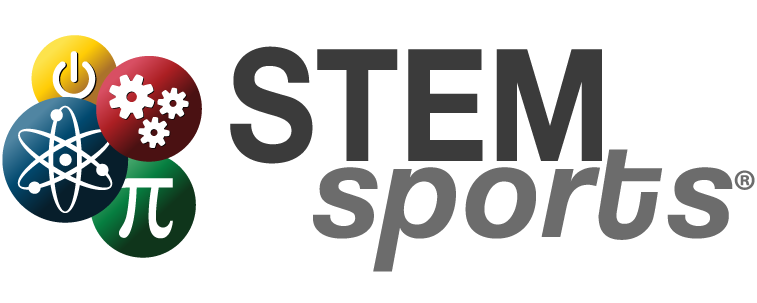In today’s current political climate, society is engaging in essential conversations about racial equality in the United States. One area that also needs to be addressed, and STEM Sports® as a company is taking an extra focus in, is equality in education. There are a variety of different ways society can go about removing these inequalities. One of them being – educating yourself on the issue.
Throughout the education system, there are inequalities in the education students receive. Brookings wrote Categorical Inequalities between black and white students are common in U.S Schools-but they don’t have to be. In this article, they break down different categorical ways black and white students are not receiving an equal educational experience:
- White students took AP courses 2.3 times more than Black students
- White students are placed in gifted education 3.2 times more often than black students
- Black students are placed in special education 1.1 times more often than white students
- Black students receive single suspensions 3.4 times more than white students
- Black students receive multiple suspensions 5.8 times more than white students
Upon these statistics, Brookings also noted that, “districts where Black students are worse off academically or socio-economically, school districts tend to increase the educational disadvantages that Black students face.” This poses the issue of not allowing students the equal opportunity to excel academically and set themselves up for future success.
Based on seeing success in similar school districts, Brookings also found districts with categorical inequalities can learn from their success and make the necessary adjustments in their own schools. These changes include but are not limited to: disciplinary measures, retention, AP gaps and classifications.
The American Physiological Association also touched on this issue in the K-12 education system. They included research, ways to practice change in educational practices, and ways to advocate for the resolution.
Their advocacy points include:
- Advocate for wider access to high quality, early childhood education programs, which have been shown to help redress disparities associated with poverty in early childhood.
- Empower immigrant families to be informed consumers of the U.S. educational system by providing information about how their children can be successful in U.S. schools, including prerequisite skills for elementary, middle and high schools, as well as in higher education.
- Promote expansion of access to high-quality bilingual education that provides linguistically competent education to children.
- Educate the public and policymakers about the consequences of increasing ethnic and racial segregation to the educational experiences of ethnic and racial minority children.
- Promote allocating resources for increasing the capacity of teachers to deliver evidence-based, gap-closing instructional and learning strategies.
One place these inequalities show through is in STEM subject test scores. As a STEM focused education company, we see a major issue with these STEM literacy inequalities,that in turn, create a lack of diversity in the STEM workforce. According to Pew Social Trends, African American’s represent 11 percent of the United States workforce and 9 percent of all STEM workers. This underrepresentation is also present in the Hispanic population. They represent 16 percent of the United States workforce and 7 percent of STEM workers.
Shrinking the diversity gap in STEM is important to the future of the United States. In a previous STEM Sports® blog, Recognizing the Importance of African-Americans in STEM, there is a list of notable African Americans in STEM who have paved the way for the future of the workforce.
Additionally, in Diversity in STEM, another STEM Sports® blog, the importance of diversity is outlined along with ways to promote this moving forward. African American students need equal educational opportunities, African-American role models in STEM as well as mentors to help guide them throughout their educational experience and careers.
This blog is meant to address a systemic problem within the United States education system and the STEM workforce. As we are currently seeing throughout society, one of the major issues we are witnessing are people are not properly informed on topics. As citizens and supporters of the movement, it is important we continue to learn and do our part in fixing these inequalities. It is not a simple or easy answer. The issue is difficult and challenging. But that does not mean it is not important.
If you have any notes or things you would like added onto this blog, email us at Info@STEMSports.com.
